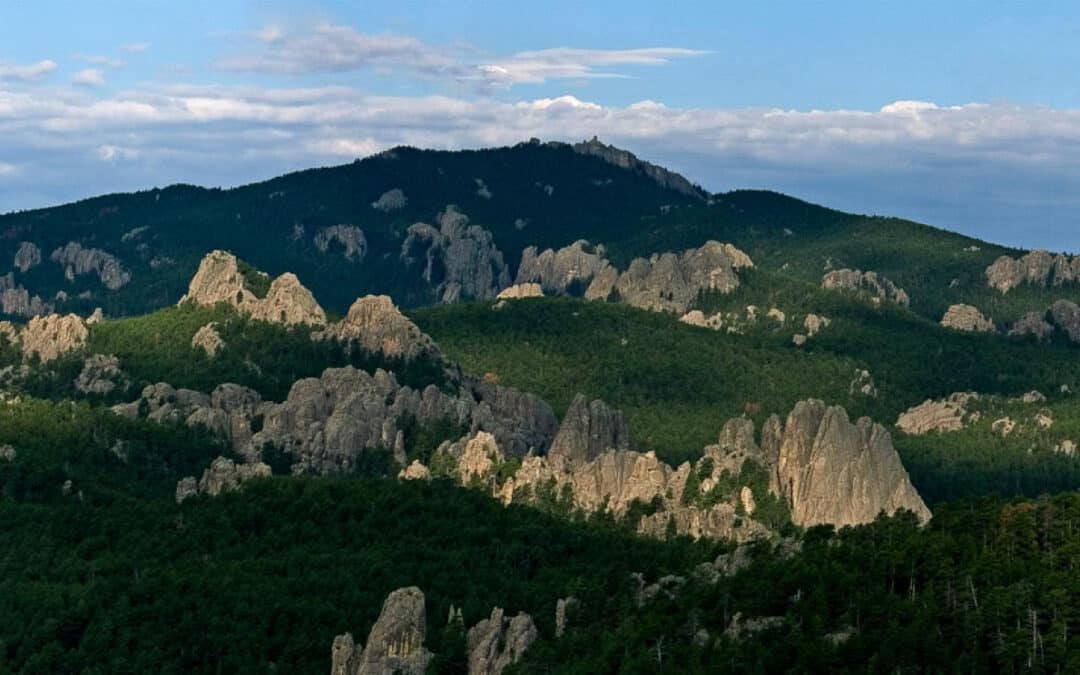

34th Keck Proceedings Volume
ISSN# 1528-7491

Oreos, Taylor Swift, and spectacular geology!
As the summer research season comes to a close and the new academic year looms, I thought I’d share bits and pieces of our Keck Geology Consortium Advanced Project with family, friends, faculty, and geosociences afficionados.

Floods in Yellowstone National Park
The impact of large floods on fluvial systems in northern Yellowstone National Park Overview: This six-student Gateway project will introduce five rising sophomores to field-based applied fluvial geomorphology research and provide a senior thesis for a rising senior...
Neoarchean Rocks of the Black Hills
Young eyes on old rocks: Evaluating tectonic models for Neoarchean(?) basin formation in the metamorphic core of the Black Hills, South Dakota Overview: The crystalline core of the Black Hills of western South Dakota exposes Neoarchean and Paleoproterozoic plutonic...
Carbonate to Black Shale Transition in the Michigan Basin
Integrated Stratigraphic and Paleoenvironmental Study of the Middle-Late Devonian Carbonate to Black Shale Transition in the Michigan Basin Overview: Devonian climate trends have long been studied within the context of biological change. For example, the End-Devonian...
Groundwater in California and Western Great Plains
Geochemical controls on uranium contamination of groundwater in the Central Valley and High Plains aquifer systems Overview: Two of the most agriculturally productive regions in the world are the western Great Plains, which grows the majority of U.S. grain, and the...
Structural evolution of the Sevier fault
Structural evolution of a segmented normal fault transfer zone, Sevier fault, southern Utah Overview: This five-student project focuses on the evolution of the Sevier normal fault zone in southern Utah, near Zion National Park. The Sevier normal fault, considered one...
Presentations by Keck Researchers at GSA
Presentations by Keck researchers at the Annual Meeting of the Geological Society of America in Denver, CO (09-12 October, 2022)

Geologizing in the time of COVID
What a summer! As the summer research season ends and the new school year begins, I thought I’d catch everyone up on the exciting (but not-so-smooth) arc of our Keck Geology Consortium Advanced Project.
